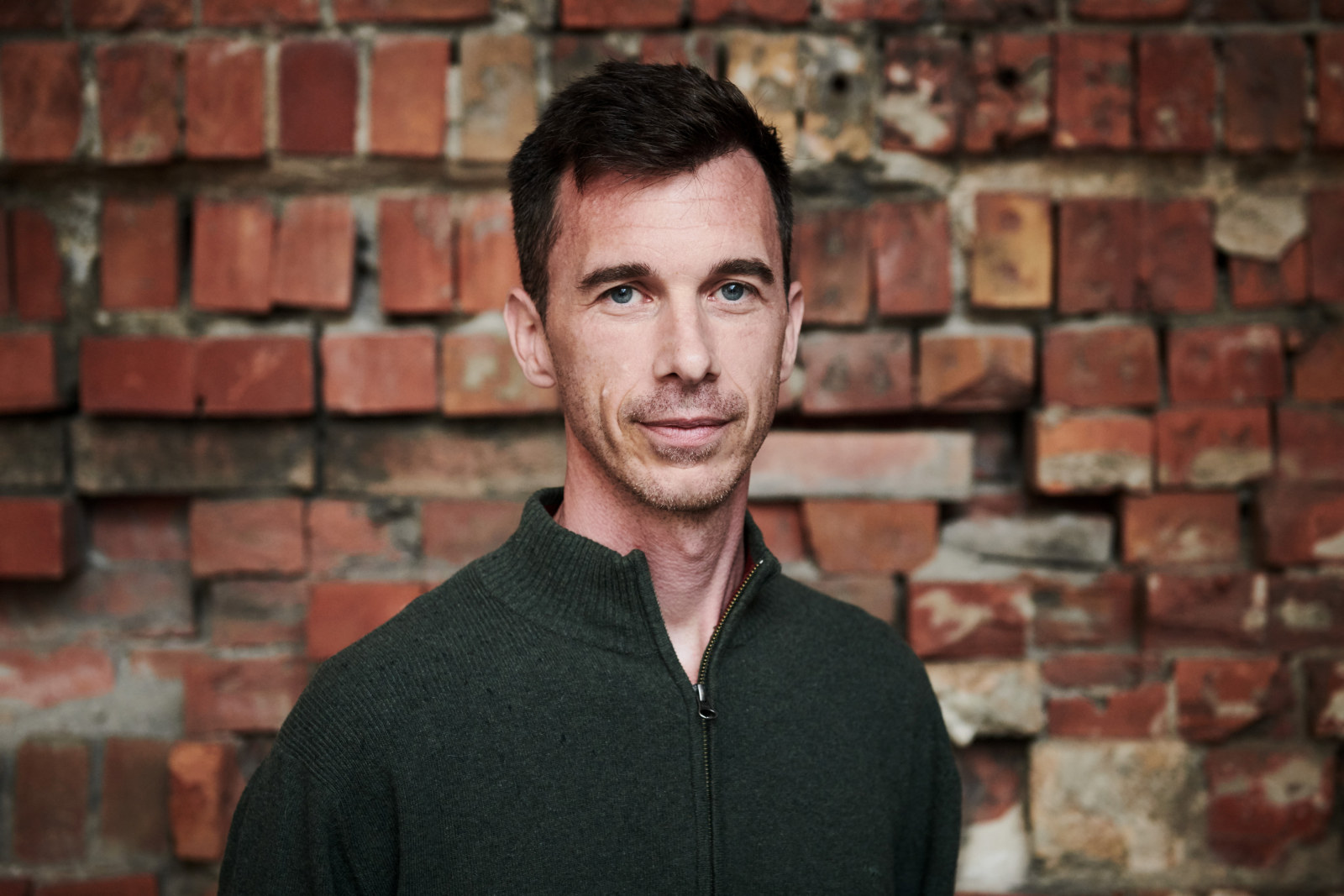Behind The Scenes: Underworld Exhibition Design
Join Kieran Larkin Senior 3D Designer, as he takes us behind the scenes of the design of our Underworld: Mugshots from the Roaring Twenties exhibition exploring the creative process involved in designing and producing this highly atmospheric and evocative exhibition.
What most excited you about designing Underworld: Mugshots from the Roaring Twenties?
Trying to evoke the ambience captured in the glass-plate negatives. The design started out as a play on the interior of a police station, with the visitors moving from room to room through timber-trimmed doors as if they were the subjects of the images. The first concepts were dark with mottled finishes reflecting those in the background of the images. I was given great advice to concentrate on the people in the images, their stories and clothing instead of the locations. With a few tweaks to the materials and finishes, the design evolved to play on the feel of bars and clubs of the Roaring Twenties.
What was the biggest challenge you encountered while working on the exhibition?
Once the concept was signed off, the challenge was to deliver the desired quality of finish and materials throughout the exhibition. None of the chosen materials – semi-gloss timber, mirror black plastic and linished brass – were inexpensive. There were many discussions with the joiners to achieve the right balance of finish, materials and price.
Did you find anything surprising in working with the archive?
How easy it is to judge a person from their photo and how often my assumptions were wrong. Many of the subjects seemed to be playing a part for the camera, and were neither as tough nor as gullible as they might appear.
Other than the images themselves, where did you find inspiration for the design?
Lots of research of extant 1920s interiors and design. Sydney still has a wealth of art deco buildings, some with interiors still intact. The 1930s Hayden Orpheum cinema in Cremorne is one of my favourites, and this influenced the design of the theatre section.
Do you have a favourite image from the exhibition?
So many great images. One that stands out as requiring no explanation sits at the end of the exhibition. Printed life size is George Phillips, standing with his arms crossed looking directly at the camera, and he is obviously not happy. In the background are the blurred forms of a police officer and detective. Despite their fuzzy features, their amusement at George’s discomfort couldn’t be clearer.
What aspect of the exhibition design are you most proud of?
A happy curator. Nerida Campbell is passionate about the glass-plate negative archive and the stories they reveal. To have her approval of the design hopefully means it met her high standards. It’s also fantastic to visit the exhibition and see so many visitors spending time in the space, enjoying the images, trying on the dress-ups and attempting to write their name backwards. On my last visit I saw a visitor at the How to Write Your Name Backwards interactive doing so in Chinese.

Underworld Blog
Descend into Sydney’s seedy underworld with our blog. Discover exclusive stories, never-before-seen images, and behind-the-scenes insights
Published on
More Underworld

Underworld
Barbara Turner Taylor: Plotter
Described by police as the cleverest magswoman and confidence trickster in New South Wales, Barbara Turner Taylor was a master in manipulation

Underworld
Behind the scenes: How to read a ‘special’
Around the world, police forces followed established conventions when taking mugshots. But Sydney police in the 1920s did things differently

Underworld
Behind the scenes: The Underworld Book
Join Bruce Smythe Senior Project Designer, as he takes us behind the scenes of the design of our 'Underworld: mugshots from the Roaring Twenties' publication

Underworld
Captured on glass
It’s almost 100 years since New South Wales police used glass-plate negatives to photograph suspects in custody. These negatives are a direct link to that moment in time, and provide evidence about photographic technology and methods in the 1920s

Underworld
Channelling the police photographer
As part of a workshop with Ellie Young at Gold Street Studios in Trentham, Victoria, I had the opportunity to take my own photographs using dry glass plate negatives

Underworld
Creating glass plate negatives
Photography practitioners today are rediscovering historical, analogue photography processes

Underworld
Defiant love
Love can make people do crazy things, risking their reputations, careers and even their freedom. New research into the NSW Police Forensic Photography Archive has revealed some unexpected stories behind the images

Underworld
Ettie Benn: Escapologist
Ethel ‘Ettie’ Benn was an extraordinarily athletic thief who never learned from her mistakes

Underworld
Following in the footsteps of the Razor Gangs
Step into Sydney’s seedy underworld with Larry Writer, author of Razor: Tilly Devine and the razor gangs as he explores the mean streets of Kings Cross, Woolloomooloo, East Sydney and Darlinghurst as featured on his Razorhurst walking tours

Underworld
Following in the footsteps of the Razor Gangs - Part 2
Join writer Larry Writer, author of Razor: Tilly Devine and the razor gangs in his latest instalment of walking the mean 1920s streets as featured on his Razorhurst walking tours
